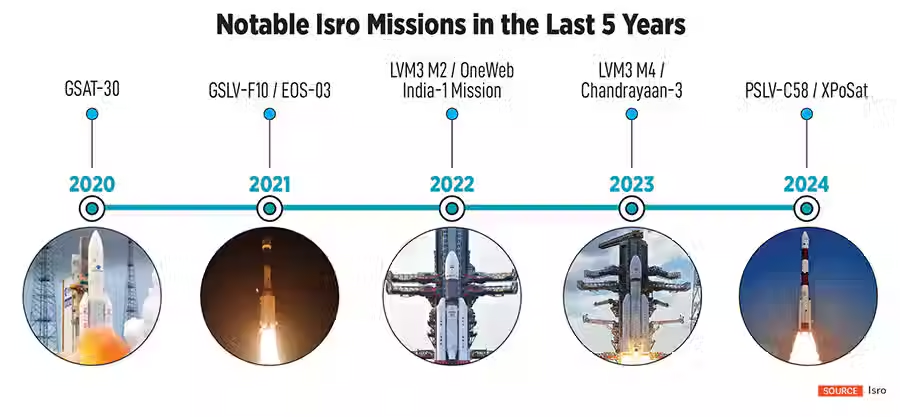Historic Feat by ISRO: India Becomes the 4th Nation to Develop Spacecraft Docking Technology
- peacetalks24
- Jan 16
- 4 min read
Introduction:
On January 13, 2025, the Indian Space Research Organisation (ISRO) achieved a monumental milestone in its space exploration journey, cementing India’s place as a global space powerhouse. The successful docking of two spacecraft in Earth’s orbit marked India as the fourth nation in the world to indigenously develop spacecraft docking technology. This incredible achievement not only underscores India’s growing capabilities in space technology but also opens new doors for ambitious future space missions.

A Giant Leap in Space Exploration:
Spacecraft docking is one of the most complex and advanced technological feats in space exploration. It involves two space crafts in orbit coming together in a precise and controlled manner, an operation requiring immense skill, accuracy, and innovative technology. Before India’s achievement, only the United States, Russia, and China had mastered this challenging technology.
ISRO’s success in this domain is a testament to the nation’s rapidly advancing space capabilities. The docking was executed with the highest precision, and it opens up possibilities for more complex missions, such as crewed space missions, lunar explorations, and potential Mars missions in the future. This achievement strengthens India’s position in the global space race and brings ISRO closer to its long-term goal of becoming a key player in space exploration.

The Importance of Spacecraft Docking:
Spacecraft docking serves several crucial purposes in space missions. It enables astronauts to transfer between different spacecraft, it allows for the assembly of larger structures in orbit (such as space stations or satellites), and it provides the opportunity to refuel or repair equipment. Docking technology is essential for interplanetary missions, as it could allow spacecraft to rendezvous in orbit to refuel, exchange supplies, or combine modules to undertake long-duration space explorations.

ISRO’s Technological Journey:
ISRO has consistently demonstrated its prowess in space technology, achieving remarkable feats on a relatively small budget compared to the space agencies of the U.S., Russia, and China. From launching satellites to sending probes to the Moon and Mars, ISRO’s advancements have been impressive.
However, spacecraft docking is a significant leap forward. The development process for this technology involved years of research, experimentation, and rigorous testing to ensure the precise alignment and safe docking of spacecraft. This feat not only proves India’s technological innovation but also its self-reliance in space technology, a vision that Prime Minister Narendra Modi has emphasized under the initiative of "Aatmanirbhar Bharat" (Self-reliant India).

Strategic Impact for India’s Space Missions:
The successful docking technology paves the way for several ambitious future projects:
1. Crewed Missions: The ability to dock spacecraft will play a pivotal role in India’s crewed space mission, Gaganyaan. India plans to send astronauts into space, and docking will be a key requirement for any future space station or interplanetary missions.
2. Lunar and Mars Missions: Docking technology can also be utilized for lunar missions, especially in creating a permanent base on the Moon. It can aid in Mars missions, where refueling and modular assembly will be crucial for long-duration travel.
3. Space Station Development: India is now on track to develop its own space station. The docking technology will enable spacecraft to transfer equipment, cargo, and crew to and from the station. This will not only bolster India’s space exploration capabilities but also its ability to contribute to global space science and research.
Strengthening India’s Global Space Position:
This achievement strengthens ISRO’s position in the international space community. The ability to independently develop such complex technology enhances India’s standing as a leader in space exploration. Countries like the United States and Russia have long been pioneers in space technology, but India’s growing capabilities in the space sector are making it an indispensable global player.
Additionally, ISRO's success contributes to India’s soft power globally. As the world increasingly looks towards India for leadership in technology, innovation, and scientific advancements, ISRO’s successes serve as a symbol of India’s determination to push the frontiers of knowledge and technological advancement.
A Step toward Aatmanirbhar Bharat:
The development of spacecraft docking technology is a major achievement under Prime Minister Narendra Modi’s vision of an “Aatmanirbhar Bharat” (Self-Reliant India). By indigenously developing such advanced technology, India is not only reducing its dependency on other countries for space missions but also boosting its manufacturing and engineering capabilities. This achievement aligns with India’s goal of being a self-reliant technological hub in space and other sectors, showcasing the nation’s capability to lead in the global space race.

Conclusion:
ISRO’s successful docking of spacecraft in Earth’s orbit is a historic achievement for India. It showcases the country’s technological advancements and strategic importance in space exploration. This breakthrough lays the foundation for future missions that will elevate India’s space exploration capabilities and position the country as a key player in the global space community. As India continues to make strides in space technology, the world will be watching eagerly to see what future milestones ISRO will achieve.
This achievement is a proud moment for India, and it reflects the country’s vision of becoming a self-reliant space power. With a focus on innovation, indigenous capabilities, and global collaboration, India is set to lead the way in the next era of space exploration.



what an achievement INDIA and ISRO.. way to go..